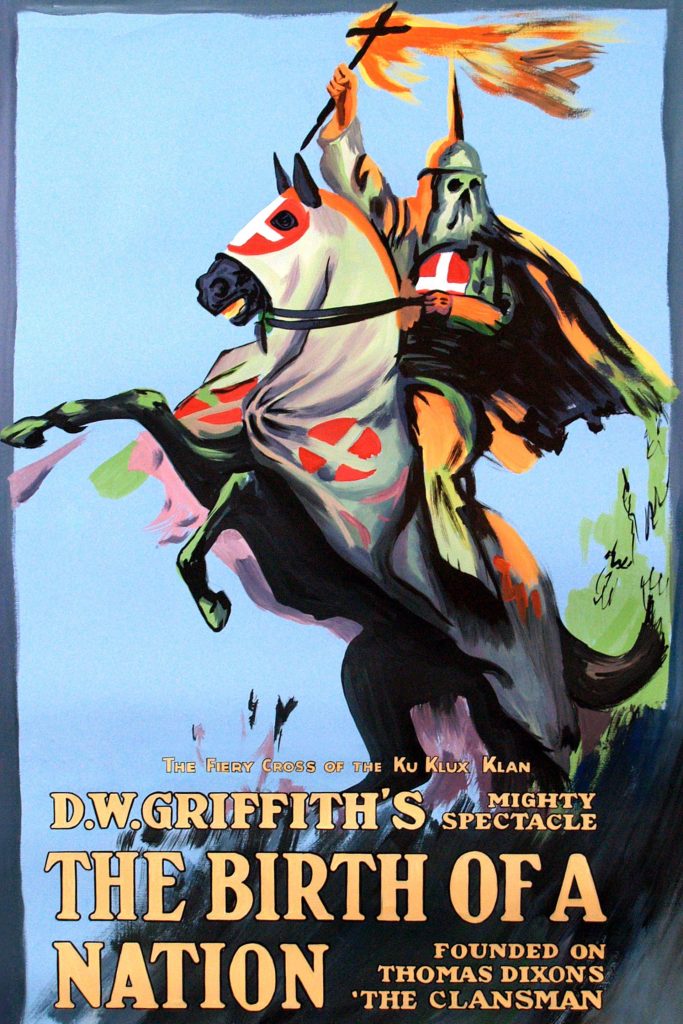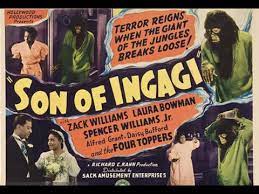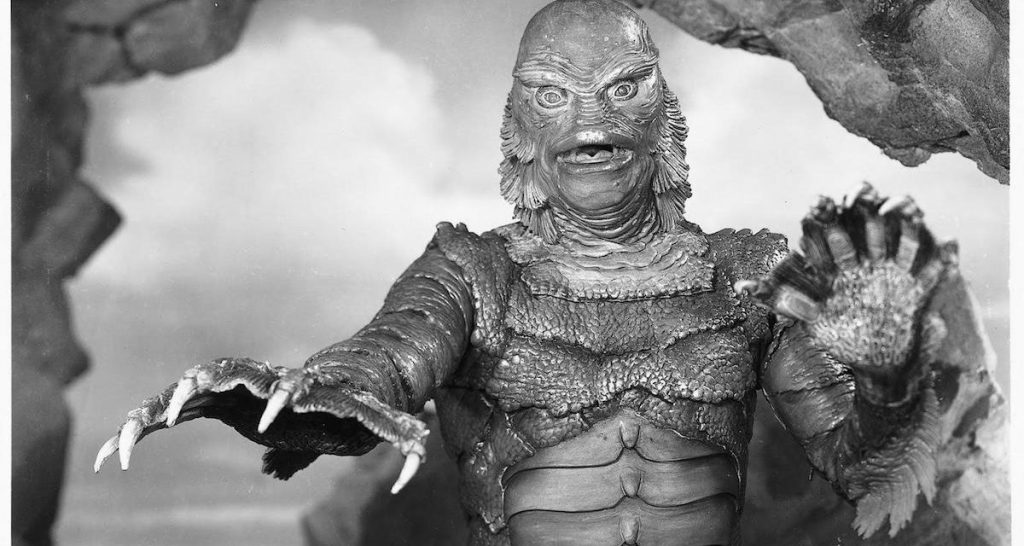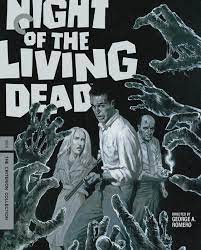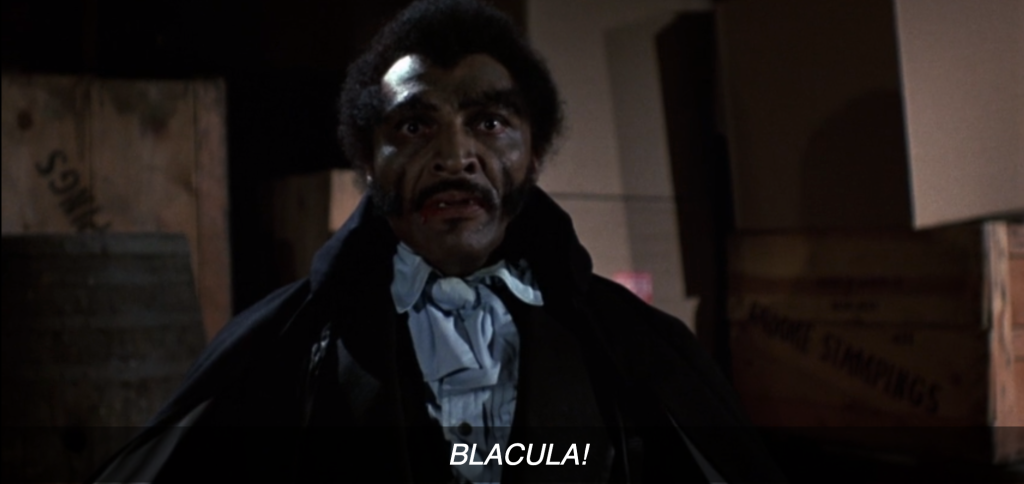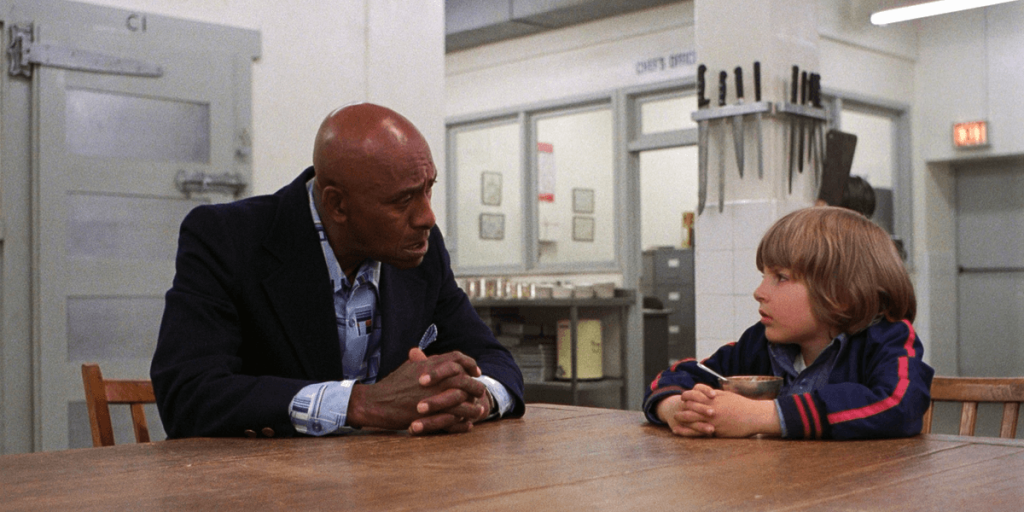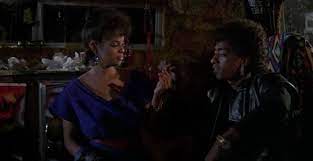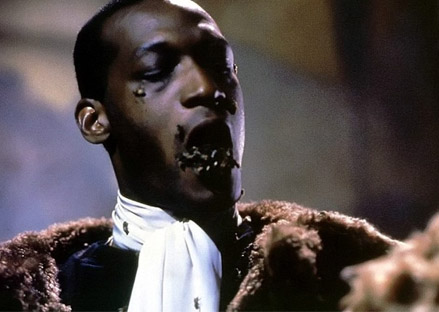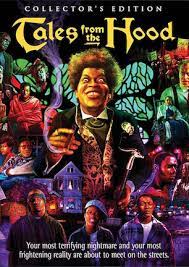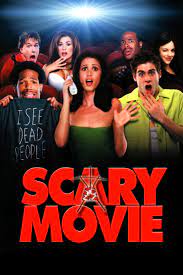The purpose of this timeline is to explore the evolution of Black horror by considering films that heavily impacted the way the Black community was perceived by white and non-Black audiences. This timeline looks at white films that have contributed to the stereotypes that have been placed on Black men and women. Most films included are those that Robin R. Means Coleman has defined as “Black Horror,” films made by Black filmmakers, and “Black People in Horror,” films made by white filmmakers, which include harmful tropes that continued the harmful narrative that Black people are a monolith and not complex human beings capable of individual thoughts and feelings. A portion of the films mentioned are analyzed in Coleman’s text but additional films outside of Coleman’s list uphold old stereotypes and tropes are added as well. Most importantly, through images and summaries of text, this digital tool gives an overview of how Black people are represented in horror shows little change over time.
Return to Omeka
D.W. Griffith’s Birth of a Nation is well known for its racist depiction and demoralizing of Black people. It also popularized the use of blackface, white actors cosplaying as Black people. The film was a main contributor to the stereotype of the destitute Black woman and the aggressive Black male harassing white…Read More
Son of Ingagi (1940) is known to be the first Black horror film to feature an all-Black cast. The screenplay was written by Spencer Williams Jr. who was a Black creator that held many achievements within the world of film.
Jack Arnold’s Creature From the Black Lagoon does not feature any Black people as they were ignored in what is considered the “atomic age” of film. The “atomic age” was an era of film released after World War II and consisted of science fiction and monster films. The creature/monster, in many cases,…Read More
While not considered a race film, Night of the Living Dead (1968) starred Black actor, Duane Jones, and was said to be inspired by the political and racial climate of the 1960s.
In the 1970s, blaxploitation films became popular and Blacula (1972) was the first the first blaxploitation horror film and actor William Marshall became the first Black vampire.
The trope of the “Magical” and “Sacrificial Negro” became popular in horror films that were predominantly white. It was seen as another form of servitude in which the Black characters role was used as a way to further the storyline rather than any true substance. An example of this is The…Read More
During the 1980s Black people were more present in horror films but were being sorely misrepresented. During this era the harmful trope of the Black character being the first to die was born. An example of this is Friday the 13th: A New Beginning, 1985.
In the 1990s, there was a resurgence of film that was inspired by the ideas of Malcolm X and the Black Power Movement. Candyman, 1992 was one of those films as we learn about the Black projects of Cabrini Green, its residents, and the lore behind Candyman. This noire styled film touched…Read More
Tales From the Hood (1995) revived the Blaxploitation horror era of film. Just like blaxploitation horror from the 1970s, the film confronts police brutality and the violent history shared with white people because of the legacy of slavery. The film also critiques issues present in the Black community such as domestic…Read More
Scary Movie (2000) is an example of Black people in horror and blaxploitation while also having a Black director, Keenan Ivory Wayans. The film is a parody of other horror films making it a horror comedy. The Black characters are heavily stereotyped and falls victim to “the Black person dies first”…Read More
